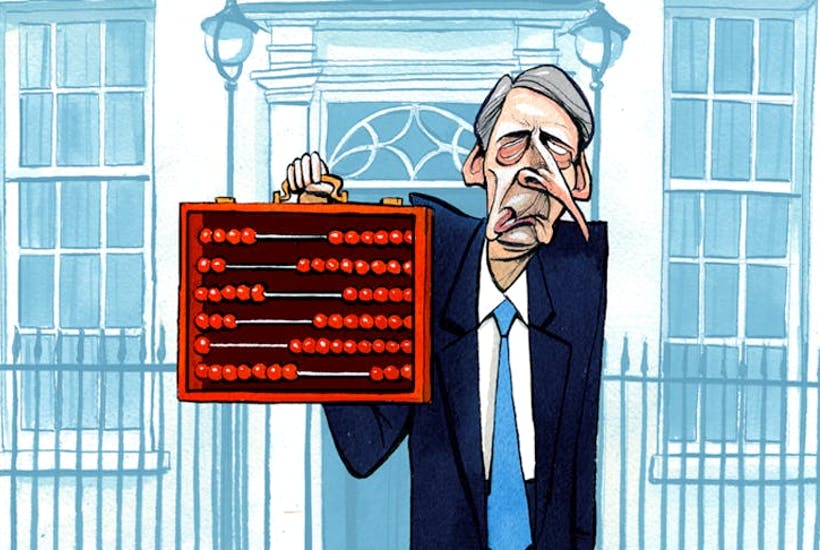It is the decimal point which really gets me. If we have a ‘no deal’ Brexit, according to Treasury forecasters, the economy will be 7.6 per cent lower in 15 years’ time than it would be if we didn’t leave the EU. What, not 7.7 per cent? It is an age-old trick: express your guesswork with a decimal point or two on the end and hope that it sounds a bit more convincing, as if a bit more science has gone into it.
But sorry, the Treasury should not be fooling anyone this time. It is politically interesting that Philip Hammond told the Today programme this morning that he thinks Theresa May’s deal will leave the UK worse-off than if we stayed in the EU – it confirms that the Chancellor’s heart is not really in Brexit at all, and undermines further May’s efforts to sell her lousy deal to MPs. But other than that I cannot think of any justification for reporting this morning’s Treasury forecasts. They have no credibility whatsoever, not given the Treasury’s record. In May 2016, you might just remember, these same officials told us that a vote to the leave the EU would, within two years (i.e. by June 2018), shrink the economy by between 3.6 per cent and 6 per cent relative to how it would have grown had we voted to stay in the EU. Given that the economy has been stumbling along at annual growth of between 1.5 per cent and 2 per cent for most of the time since the 2008/09 crisis, the forecast implied a recession. Yet instead the economy is now 3.2 per cent larger than it was at the time of the referendum. Moreover, the same Treasury paper forecast that a vote for Brexit would raise unemployment by between 500,000 and 800,000. In the event, unemployment has fallen by 236,000 and is now at its lowest in 45 years.
The Treasury was not just slightly wrong, it was laughably so. It never has been good at forecasting which is why, when he became Chancellor in 2010, George Osborne took it out of the forecasting business altogether and instead farmed the job out to his new Office for Budgetary Responsibility (OBR). But when he – and now Philip Hammond – saw the opportunity to use the Treasury as a weapon in Project Fear suddenly the Treasury was back in the forecasting game.
Hammond’s drones might be using terribly clever economic modelling, but ultimately a model is only going to reflect the assumptions which are fed into it. Hammond gave the game away on the Today programme this morning when he made the preposterous suggestion that the freedom to do trade deals around the world is a mere ‘political’ advantage – i.e. implying that there would be no economic benefit from a free trade deal with, say, the US, China or Australia. Yet at the same time he was making out that frictionless trade with the EU is essential for economic wellbeing. If this is what is going into the Treasury’s models it is no wonder they are so far out – they are looking at all the negative effects of leaving the EU without considering any of the benefits of decoupling ourselves from the world’s most economically-stagnant trading bloc, freeing ourselves from its rules and regulations and enhancing trade with the wider world.
By the way, even if the economy were 7.6 per cent smaller in 15 years’ time than it would be under EU membership, that figure would need putting into context (which it hasn’t been this morning). The implication of the Treasury forecast is not that the economy would shrink between now and 2033 – only that it might have grown by 22 per cent instead of 30 per cent. But again, this excludes the unknown effect of future global trade deals.







Comments